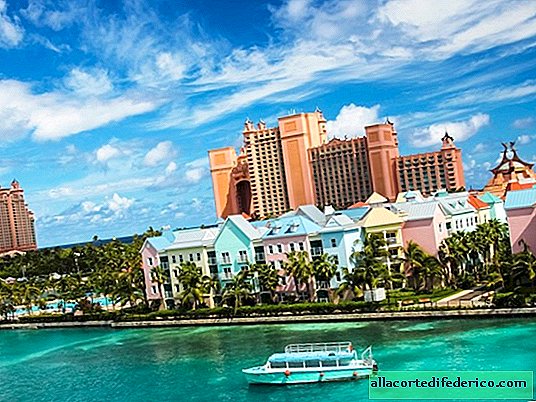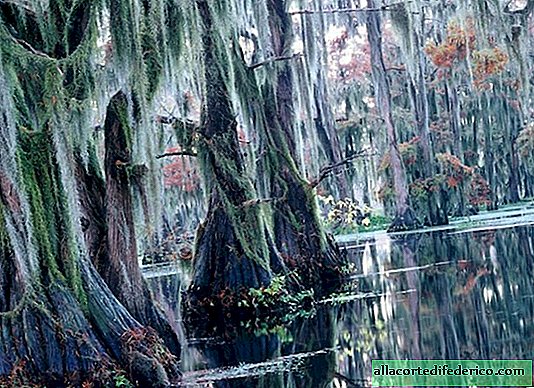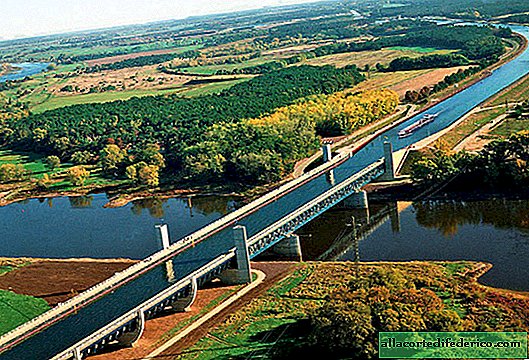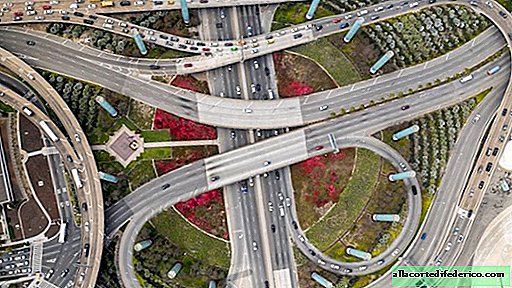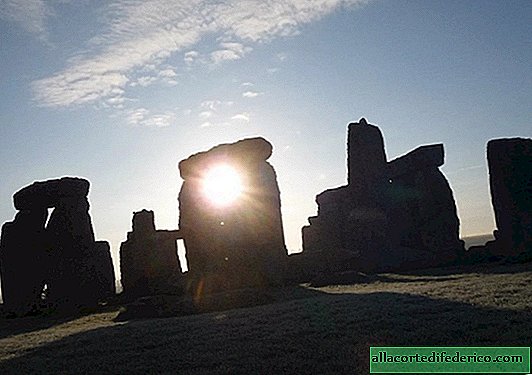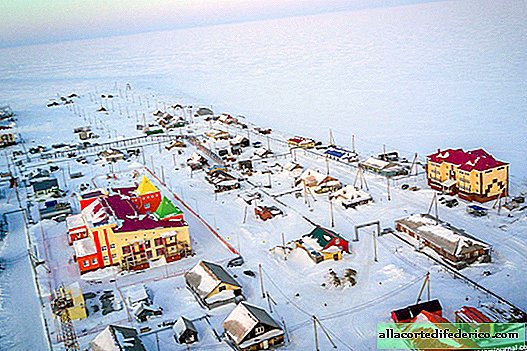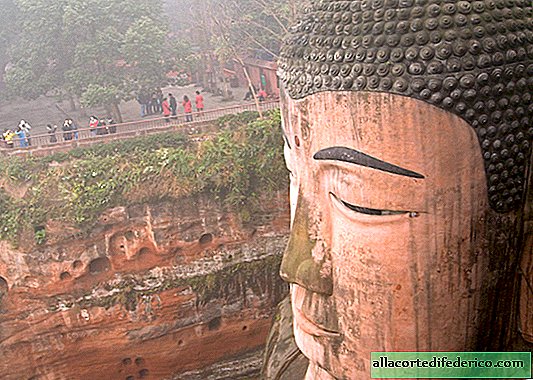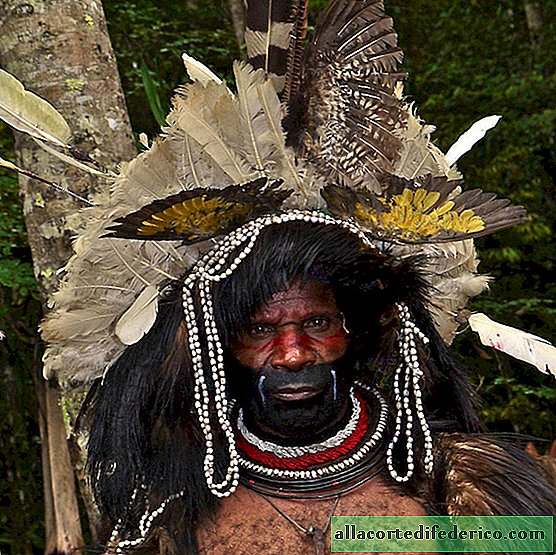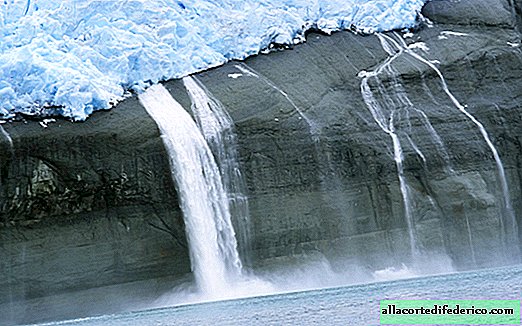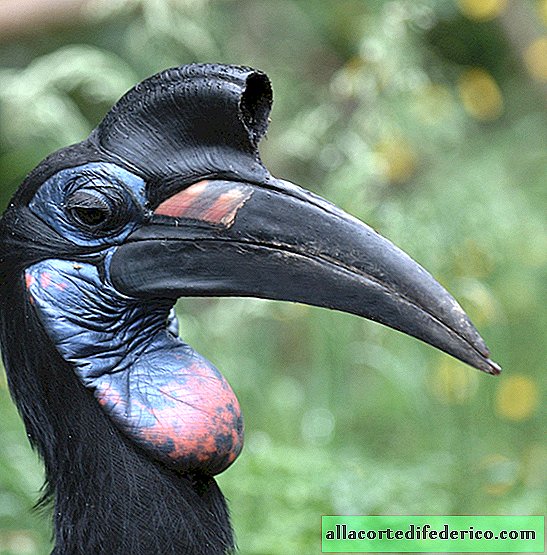Kofuns of emperors: the most closed places in Japan, the secret of which no one knows
Despite the fact that Japan has long been not a country closed to the rest of the world, there are still places in it where foreign tourists are forbidden to enter. Moreover: for their own citizens and scientists, the entrance here is also closed. These are the Japanese imperial kofuns - the ancient burial places of Japanese rulers in the form of barrows, which are located in different places of the country. The largest kofuns are under the tutelage of the imperial family of Japan. All that scientists can do here is to carry out restoration work, the list of which is strictly regulated.
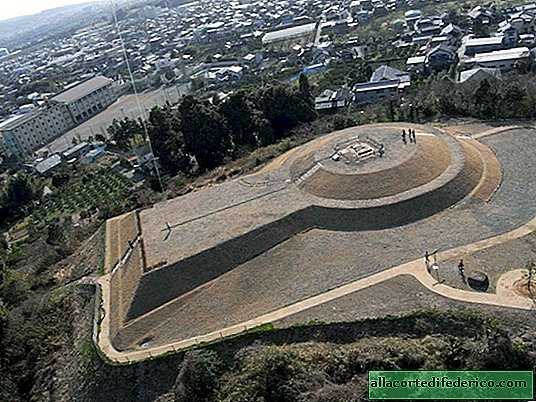
In total, more than 10,000 burial mounds were discovered in Japan, which were erected from the III century BC to the VII century AD. Kofunas have a different shape. The most ancient structures are made in the form of semicircular or rectangular embankments, and the classic kofuns that began to be built from the 3rd century AD have the shape of a keyhole. The period of Japanese history from the III-VI century AD, when many classical kofuns were built, is called the Kofun period, or the period of barrows. Most large kofuns with a perimeter of more than 200 meters are concentrated in the Nara Valley, which is located in Nara Prefecture and in the Osaka area.

A classic kofun consists of several steps, the number of which indicates the status of a person buried in it. The burials of noble persons usually consist of 1-2 steps, but the tombs of the emperors of Japan already have 3-7 steps. Classical, later kofuns are oriented south or east and are sometimes surrounded by protective ditches with water. The burial chamber itself is located in the round part of the kofun.

Japan’s largest and largest kofun is the tomb of Emperor Nintoku in Sakai, in Osaka Prefecture. The emperor lived and ruled Japan in the 4th century AD. The length of this grand kofun is 486 meters, and the height is 33 meters. Kofun has 7 steps and is surrounded by a moat along the entire perimeter. The hill itself has long been overgrown with a real forest where wild animals live. The bird's-eye view of this structure makes an indelible impression.
 Kofun Emperor Nintoku in Sakai
Kofun Emperor Nintoku in Sakai 
Despite the fact that some mounds were excavated, the study of the largest imperial kofuns is currently impossible. These structures do not belong to the category of historical monuments, but are private burials. The territory of the imperial kofuns is fenced, and no one dares to disturb the peace of the ancient rulers. The Japanese imperial family does not issue permits to carry out archaeological and other types of research here, so the contents of these kofuns are still a mystery.

